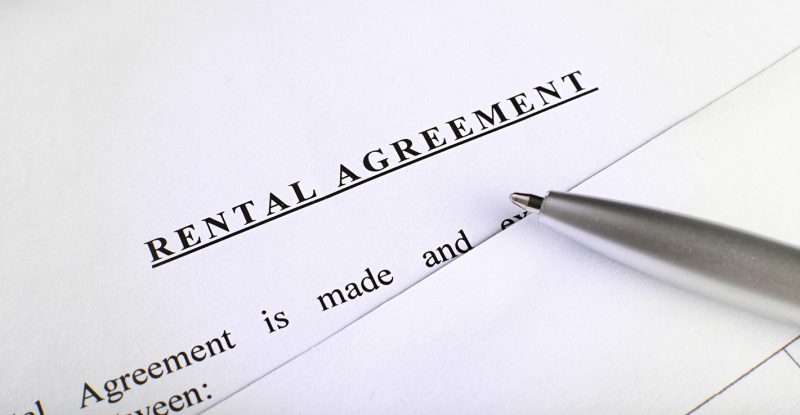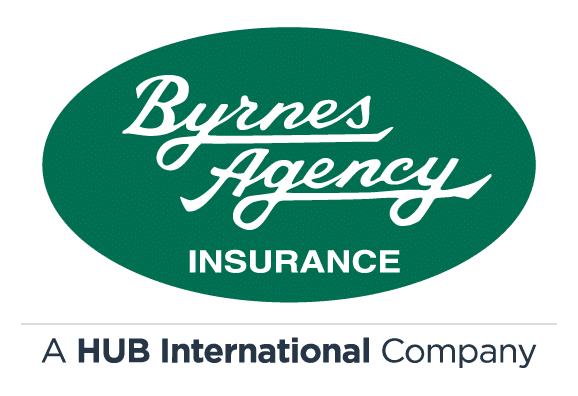Understanding Your Rental Agreement

Moving to a new place is exciting, but it is also essential to understand a rental agreement if you plan to rent an apartment or condo. Between leaving your parent’s house and buying your first home, you will likely rent a piece of property. When you are ready to make arrangements to rent, you will encounter a lease agreement. It is a contract between the residence owner and someone who pays to occupy the residence.
The Rental Agreement: The Fine Print
Reading and interpreting a lease can be daunting, and signing it may be tempting rather than wading through the legal jargon. However, this legally enforceable document contains essential information you need to know before moving into your new place.
What Information Is in a Lease?
A lease outlines the conditions of the rental agreement for possession, occupation, and usage of the property. Also, it could include property details, including address, landlord’s name, dates of the rental period, options for renewal, and any included furniture, appliances, and amenities. The lease will also provide financial information, such as rent totals, deposits, fees, and specifics about due dates and acceptable payment methods. Next, the renter will gain knowledge about utilities, clearly specifying what payments are the renter’s responsibility. They will also discover what responsibility the landlord has for maintenance and repairs.
Additionally, the lease covers essential information about pet policies. The document will also include rules related to occupancy, storage, guests, parking, smoking, maintenance, Insurance, eviction, landlord right of entry, and property alterations. Finally, lease termination requirements include required notice, cleaning, subletting, and early termination.
What Does Renters Insurance Cover?
When renting a home, you should consider acquiring renters insurance to protect your belongings and your space in an emergency. Even if you believe that your items are not expensive enough to warrant an insurance policy, the cost of replacing the basics can quickly run over $10,000. Renters’ Insurance can give coverage that includes furniture, clothing, and other items. Additionally, it can display personal liability, covering injury or damage from an accident on your premises. It will cover loss of use, to reimburse for living expenses when you cannot stay in your home due to a covered event. Significantly, it also helps with building additions and alterations, mainly to cover damages to any improvements, additions, fixtures, or installations you make in the home.
Renters’ Insurance can give deference when making medical payments to others and help pay the funeral costs that result from an accident on your property. Moreover, it can also assist with credit card coverage, paying for unauthorized charges, counterfeit money, and forged checks. Other optional benefits include high-value coverage, theft from off-site locations, backed-up drains or sewers, earthquakes, or volcanoes.
To ensure you prepare for the fine print of a rental property, read it all and understand the lease. Additionally, if you are unsure about something, speak with your potential landlord to obtain clarification. Some policies are up to the landlord. Likewise, the city or state could dictate other regulations. Finally, after finalizing your lease, ensure you have the p oper protection with renters insurance, and save copies of everything you sign.
About Byrnes Agency
At Byrnes Agency, we offer insurance solutions that can be tailored to meet your specific needs. Whether you’re looking for personal policies or commercial coverage, we have the right coverage for you. To learn more about our products, contact us today at one of our two locations.
If you’ve enjoyed what you’ve read here and would like to know when we’ve published a new blog post, please “like” us on our Facebook page, and share this with your Connecticut neighbors.
Tags: Byrnes Agency, Renters Insurance
